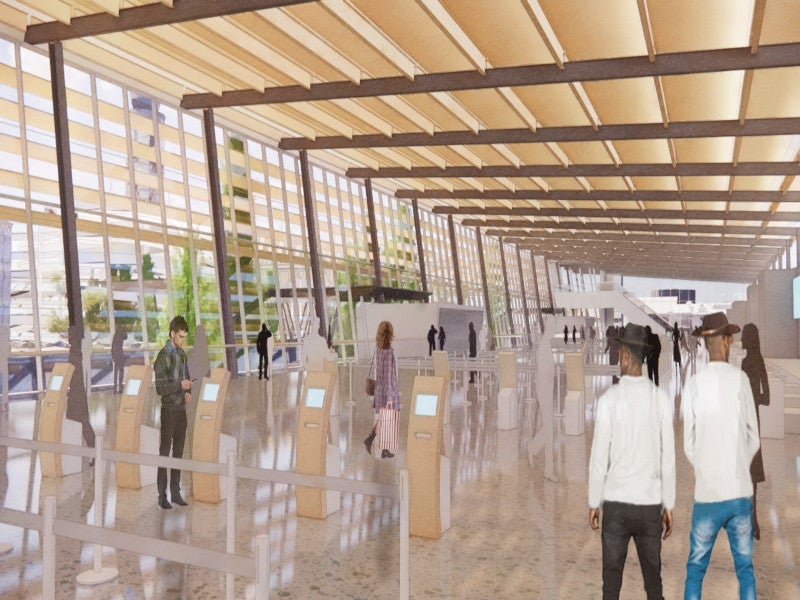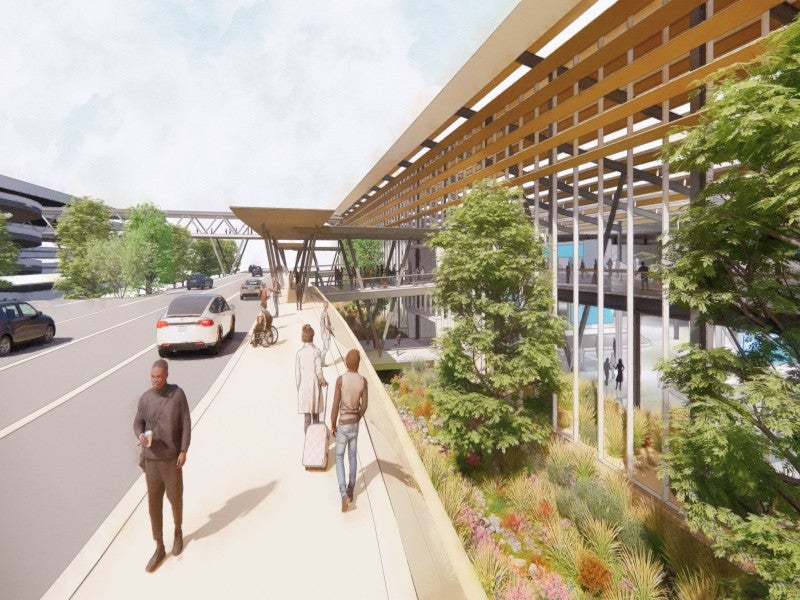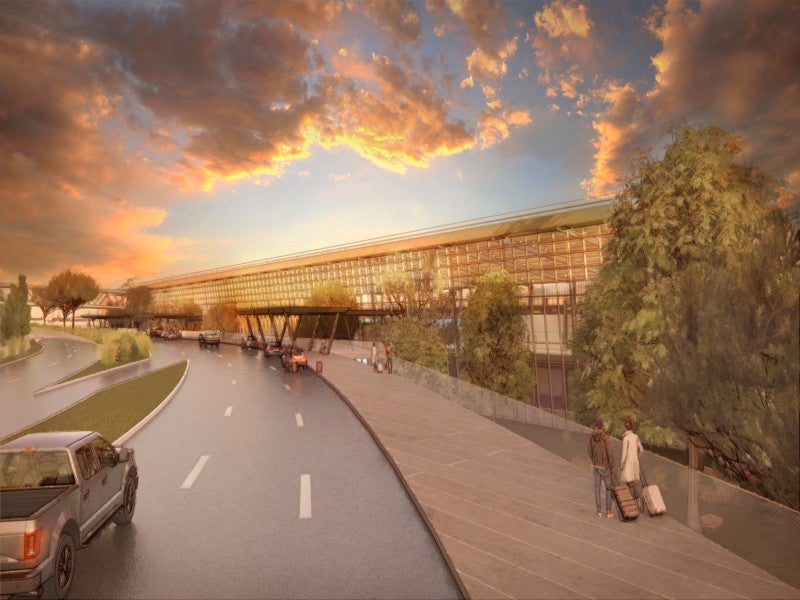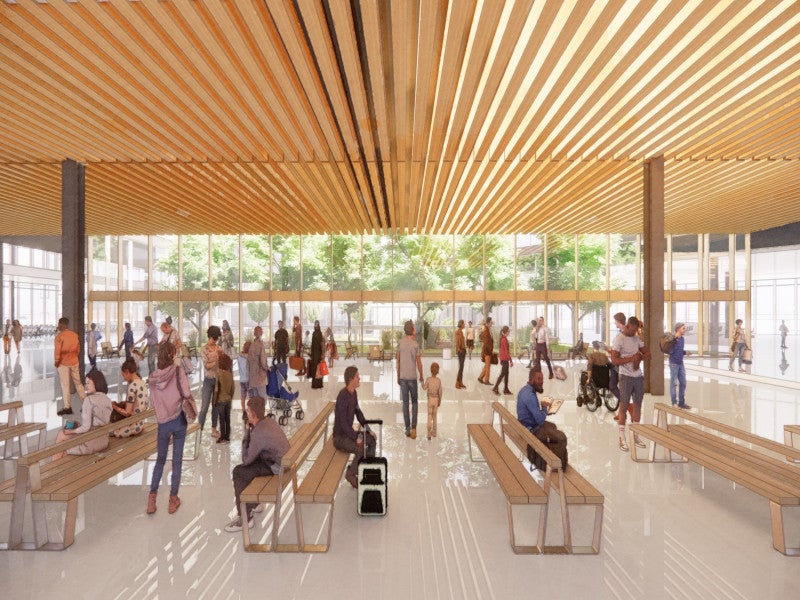The San Antonio International Airport announced the launch of the Terminal Development Program (TDP), which includes the development of a new terminal, in May 2022.
The TDP will help in meeting the passenger needs over the next 20 years and is part of the larger Strategic Development Plan (SDP) aimed at examining the suitability of the airport for expansion over the next 50 years.
The preliminary plan of the $2.5bn TDP includes the development of a new terminal, named Terminal C, along with supporting infrastructure. The project is currently in the design phase, which is expected to be completed in 2023, followed by environmental reviews.
The preliminary design of the new terminal was unveiled in February 2023. Construction on the project is expected to commence in 2024 and is scheduled to be completed in 2028.
Details of the Strategic Development Plan
The SDP was launched in 2018 to develop a new, long-term plan for systematic future development at the airport. It is an airport-wide initiative aimed at developing facilities to address the future air travel demand.
Phase one analysis of the SDP focused on the projected travel demand and airport needs for the next 50 years, based on high-growth estimates. Phase two aimed to provide ideal facilities for SAT’s rising freight and passenger traffic and develop a plan to accommodate growth.
The SDP was approved by the San Antonio City Council in November 2021. The initial developments being undertaken as part of the SDP between 2022 and 2026 include three new gates, new terminal concessions, baggage system upgrades, and air cargo expansion.
The developments will be followed by the construction of Terminal C as part of the TDP while future phases will include the renovation of Terminal A, the expansion of the parking garage, and runway extensions, among other developments.
San Antonio International Airport Terminal Development Program details
The new Terminal C will be developed in a vacant area west of the existing Terminal B. It will create more than 850,000ft2 of new terminal facilities, which will be more than double compared to the existing Terminals A and B combined.
The terminal will have 17 gates to accommodate both domestic and wide-body foreign aircraft, as well as extra gates for airline relocations while Terminal A is being rebuilt. In addition to the current 24,000ft2 of concession space, the TDP will add 41,000ft2 of new amenities space for stores and eateries.
The new terminal will also feature outdoor courtyards, 29,000ft2 of club lounge area, and spacious seating at each gate, outfitted with cutting-edge technology.
A sophisticated Federal Inspections Service area is also part of the project, allowing the airport to increase international aviation services.
Infrastructure developments
The terminal development also includes a number of enabling projects including the development of a ground transportation facility, a centralised receiving and distribution centre, a parking garage, and other support facilities.
Roadway alignment modifications will also be undertaken to enhance traffic flow and relieve congestion at the airport.
Other developments
A ground load facility (GLF), along with an airfield expansion that will extend an existing runway by 10,000ft, are currently underway at the San Antonio International Airport.
The GLF will be a pre-engineered metal building offering 37,000ft2 of interior space. It will include five new ground gates, a Federal Inspection Station for international arrivals, and seating facilities for passengers.
It will also feature charging stations for electronic devices, workstation areas, tabletop stations, and food and retail options.
Funding
The funding for the new terminal is anticipated to come from Federal Aviation Administration (FAA) grants, the Bipartisan Federal Infrastructure bill, airport revenues and fees, and airport bonds.
The FAA awarded a $20m grant in February 2023 for the construction of the ground load facility.
Contractors involved
Corgan, an architecture and design firm, along with architecture firm Lake|Flato Architects, and Kimley-Horn, a planning and design consulting firm, are responsible for designing Terminal C and associated infrastructure.
Freese and Nichols, a professional planning, consulting, and engineering firm, was contracted to provide programme management services for the terminal development.







